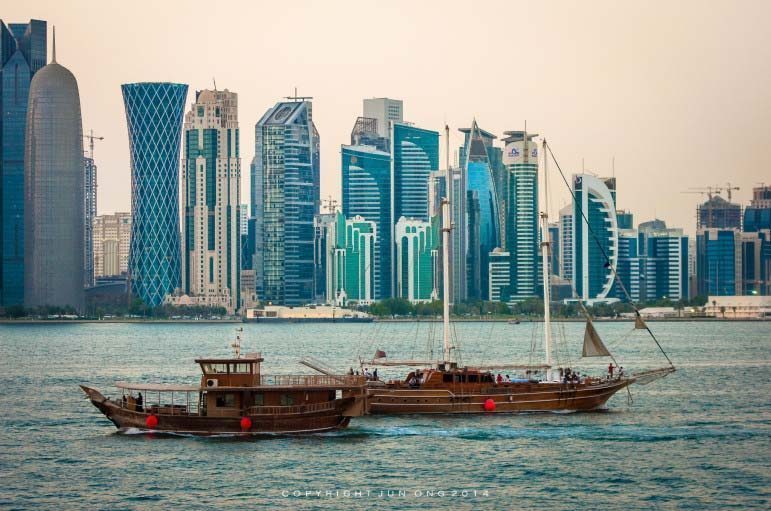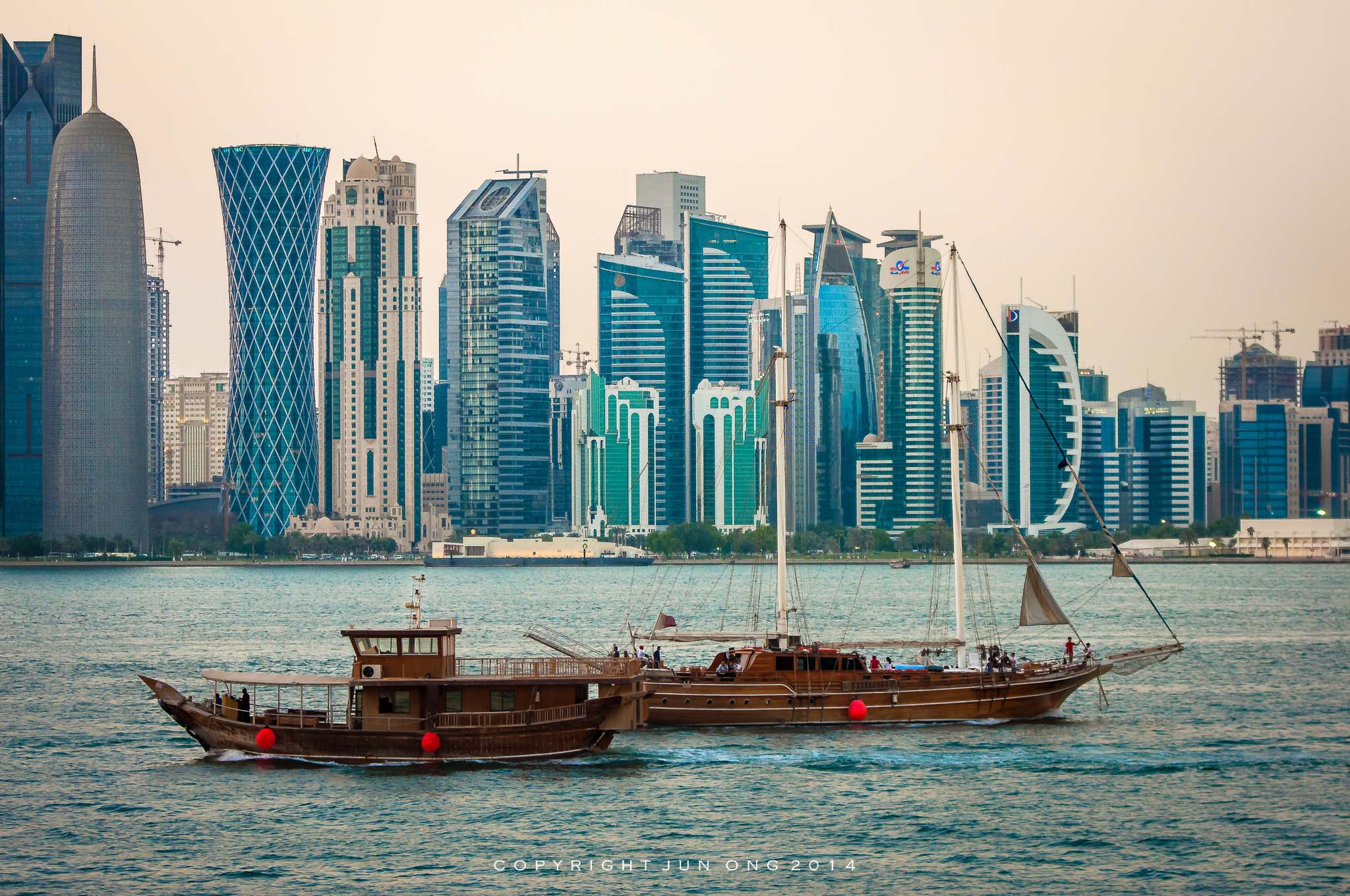
The number of tourists visiting Qatar in the first half of the year rose seven percent to 1.42 million, even as the volume of visitors from the country’s most important market stagnated.
While Asia is among the fastest growing markets for local tourism officials, it’s Gulf nationals – particularly from Saudi Arabia – that have consistently made up the largest segment of tourists to Qatar.
In the first half of 2014, GCC residents represented 38 percent of the visitors to Qatar, according to newly released data from the Qatar Tourism Authority (QTA).

However, in absolute terms, the number of GCC citizens coming here was nearly flat, rising slightly more than half a percentage point to 536,264 compared to the same period a year earlier.
In contrast, the number of expats living in the Gulf who visited Qatar jumped nearly 14 percent to 205,006 individuals.
Collectively, Gulf citizens and expats living in the Khaleej made up slightly more than half of all visitors to Qatar from January to June 2014. The rest were tourists from other countries.
Focus on Europeans
GCC residents will likely remain an important source of tourists in the coming years due to Gulf countries’ proximity, as well as the attraction of a common culture and language.
Local tourism authorities have previously said that while they want the number of visitors from the GCC to continue increasing, they are aiming to attract more tourists from elsewhere in the world at an even faster rate.
Europeans make up the largest group of non-Gulf leisure tourists to Qatar, followed by holiday visitors from Asia, which grew 18.2 percent in the first half to 163,847.
In general, tourists from further abroad have a greater economic impact on a destination. They tend to spend more nights in hotels and are more likely to shop, eat out at restaurants and visit paid-admission attractions.
Over the past several months, Qatar appears to have been exerting considerable effort in courting European travelers.

QTA has set up satellite offices in London as well as in Paris, where several full-size outdoor billboards – featuring players from football club Paris Saint-Germain in front of iconic Qatar landmarks – have been erected.
More recently, QTA opened an office in Berlin to promote Qatar to German-speaking European residents.
Those efforts, however, did not translate into a surge of additional European leisure tourists to Qatar during the first six months of 2014. Taking into account those who obtained a joint Qatar-Oman visitor’s visa, those numbers increased marginally, from 189,691 visitors to 192,137.
Separately, the number of business travelers was up 17.1 percent in the first half of 2014, with virtually every originated region showing an increase.
Long road
Qatar’s goal is to attract between 6.7 million and 7.4 million tourists annually by 2030, more than five times the current total.
An industry strategy report released in February laid out plans to make Qatar a more attractive destination by focusing promotional and funding efforts on tourism products and services on several key areas.
They include sports, education, authentic Qatari and Arab cultural experiences as well as the country’s “sun and beach” assets, among others.
The government is also looking to improve the country’s tourism-related offerings where it feels the private sector is coming up short.

This includes revamping Qatar’s tourist dhows, which QTA previously called “limited, unregulated and often not up to international standards. There is no one to provide tourists with a properly insured and quality assured water experience.”
Earlier this year, however, QTA along with Civil Defense and the Public Transport Affairs Department introduced new licensing requirements for dhows aimed at increased passenger safety.
In a statement, QTA said it hoped that a higher caliber of dhow operators and vessels would help showcase Qatar’s nautical heritage, as well as bolster the country’s image as a maritime destination.
“While popular locally, only (a) very few international travel and tour operators will actually book or recommend dhows to their clients, due to safety and insurance concerns. QTA believes that once these standards are in place the tourist dhows will benefit greatly as the international industry begins to recommend them.”
Thoughts?







